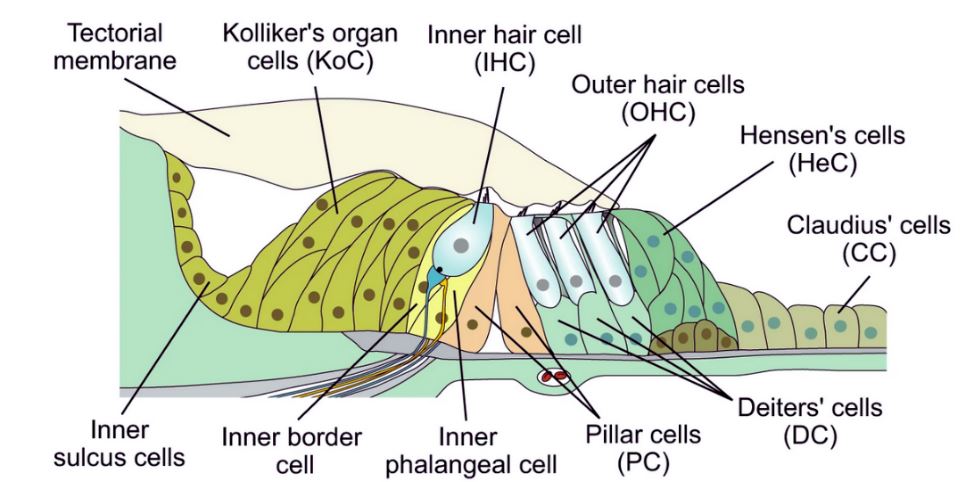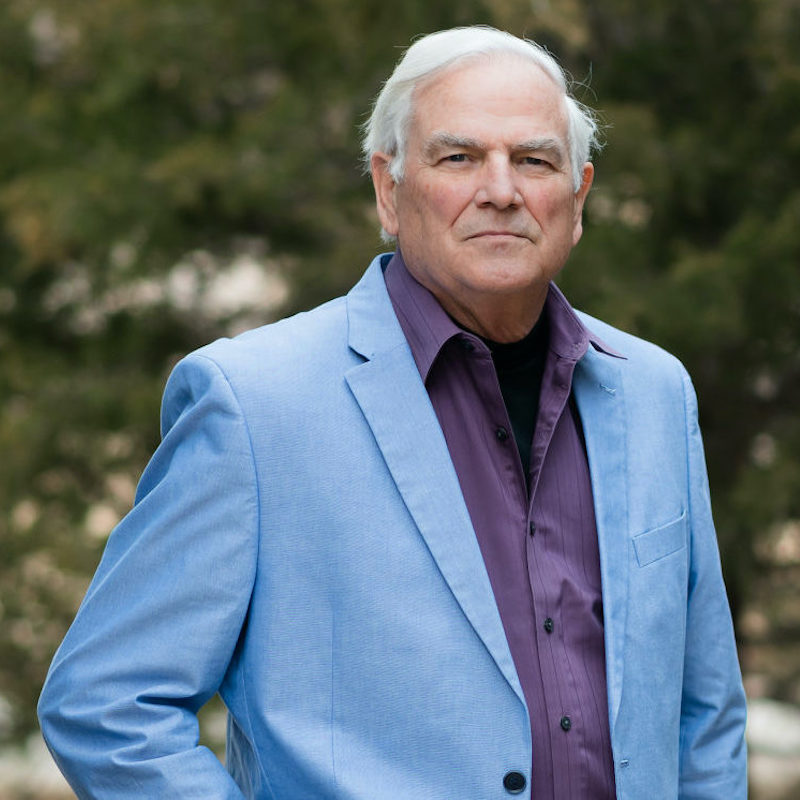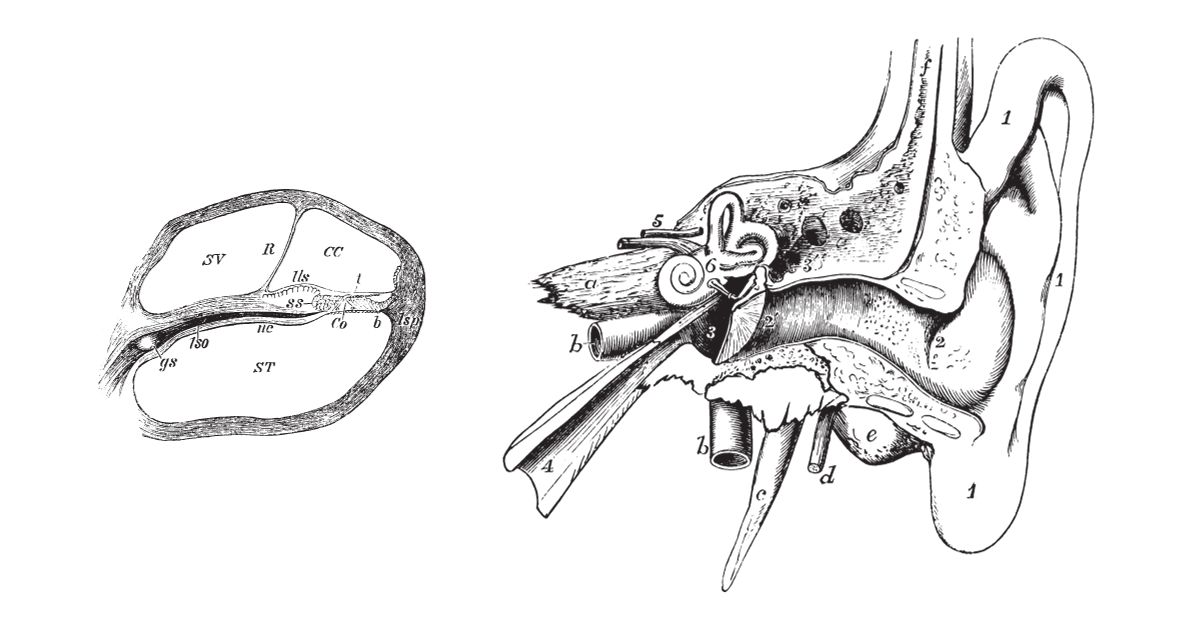It was appropriate to commence this series with Alfonso Corti, given that most of the Cochlear Explorers introduced in this series are named in honor of the individuals who first identified the anatomical structures within his renowned Organ of Corti. Up to this point, we have examined the contributions of Corti and Friedrich Matthias Claudius. The next explorer featured in Hearing International is Christian Andreas Victor Hensen.
It’s worth recalling that during the 19th century, a common practice involved naming anatomical structures after the person who initially discovered or described them, for example, “the cells that Hensen described.” As we delve into each of these descriptions, it’s important to note that eponyms provided a practical means of identifying these structures. This was because the original authors, like Hensen, often possessed only a limited understanding of the roles and precise structures of the cells they were describing.
As a result, they were unable to propose precise anatomical names. Moreover, labeling the cells in this manner likely contributed to a clearer understanding of cochlear anatomy.
Cells of Hensen
The Cells of Hensen are a component of the Organ of Corti, where they serve as one of the supportive columnar cells for the hair cells. These cells are situated between the phalangeal processes of the third row of supporting cells, creating a region between the outer hair cells and the Cells of Claudius. They form a layer of tall cells organized into several rows, resting on the basilar membrane.

Diagram of the cochlear epithelium in young postnatal mice showing inner and outer hair cells and various types of supporting cells. Click here for more details. Credit: Vélez-Ortega et al./Nature Communications
Recent studies by Caye-Thomasen and colleagues in 2005 indicate that these cells may express erythropoietin receptors. This suggests the existence of local spiral neurons and paracrine regulatory circuits. Additionally, these cells have been found to express cyclooxygenase-2, and their expression is influenced by sound exposure, potentially contributing to cytoprotection during intense noise exposure (Heinrich et al, 2006).
There’s also speculation that Hensen’s cells may play a role in regulating ion and water balance in cochlear fluids through the expression of purinoceptors and Ca(2+)-activated chloride channels (Sugasawa et al, 1996). Furthermore, Zhang et al (2002) reported that these cells express heregulin, suggesting a potential involvement in cell proliferation and survival in the cochlea and vestibular system for cells expressing erbB receptors.
Research has shown that Hensen’s cells have the capacity to differentiate into either tectal cells, which later become outer hair cells, or undertectal cells, which develop into supporting Deiters’ cells (Malgrange et al, 2002).
Despite ongoing research efforts, the precise function of Hensen’s cells, which have been known for over a century, remains an unanswered question.
Victor Hensen – Cochlear Explorer

Victor Hensen. Image credit, Wikipedia
Christian Andreas Victor Hensen (1835-1924) was born on February 10, 1835, in Schleswig, Germany. His father, Hans Hensen, was the director of the school for the deaf and dumb in Schleswig, and his mother, Henriette, was the daughter of the court physician Carl Saudicani. Victor Hensen had eight sisters and six brothers from his father’s two marriages.
In 1845, he graduated from the Cathedral School in Schleswig and later attended the grammar school in Glückstadt, Holstein, where he completed his studies in 1854. He pursued a medical education at the Universities of Würzburg, Berlin, and Kiel, passing his final examination in 1858. In 1859, he earned his Doctorate with a thesis on epilepsy and urinary secretions and became a Lecturer in Anatomy and Physiology the same year.
After obtaining his doctorate and qualifying, Hensen began his career at the University of Kiel, initially serving as a prosector. In 1864, he succeeded Peter Ludwig Panum as an associate professor of Physiology and the Director of the Physiology Laboratory at Kiel. He later became a full professor of physiology in 1868 and continued in that role until 1911.
During his time at the University of Kiel, Hensen was contemporaneous with Friedrich Claudius, who was the Director of the Zoological Museum. However, there is no evidence of them collaborating on cochlear research. Besides his work in cochlear research, Hensen led five marine biological expeditions during his four decades of research. In 1870, he married Andrea Katarina Friederika Seestern-Pauly, and they had two sons and two daughters. From 1878, he served as the director of the Institute of Physiology at Kiel. He also held positions as the Dean of the Faculty of Medicine and Rector of the University of Kiel.
Victor Hensen was an active member of the Leopoldine Academy and a corresponding member of the Prussian and Bavarian academies of Science. His work mainly focused on physiology and marine biology, and he preferred the histophysiological method. He made significant contributions to the understanding of the fundamental principles of hearing and sight. In 1863, he investigated the decapod hearing organ and the morphology of the human cochlea, introducing terms like “Hensen’s supporting cells” and “Hensen’s duct” (in the vestibular system). He identified the fibers of the basal membrane in the cochlea as resonant corpuscles capable of vibrating and established that they increase in length from the base to the tip of the cochlea.
Hensen also studied the organ of hearing in grasshoppers’ forelegs and in fish. He wrote comprehensive summaries on the physiology of hearing in 1880 and 1902 and on sound propagation in 1881. His work significantly advanced the understanding of cochlear research and hearing.
Next week we discuss another Cochlear Explorer, Otto Friedrich Karl Deiters
About the author

Robert M. Traynor, Ed.D., is a hearing industry consultant, trainer, professor, conference speaker, practice manager and author. He has decades of experience teaching courses and training clinicians within the field of audiology with specific emphasis in hearing and tinnitus rehabilitation. He serves as Adjunct Faculty in Audiology at the University of Florida, University of Northern Colorado, University of Colorado and The University of Arkansas for Medical Sciences.
**this piece has been updated for clarity. It originally published on June 24, 2014






